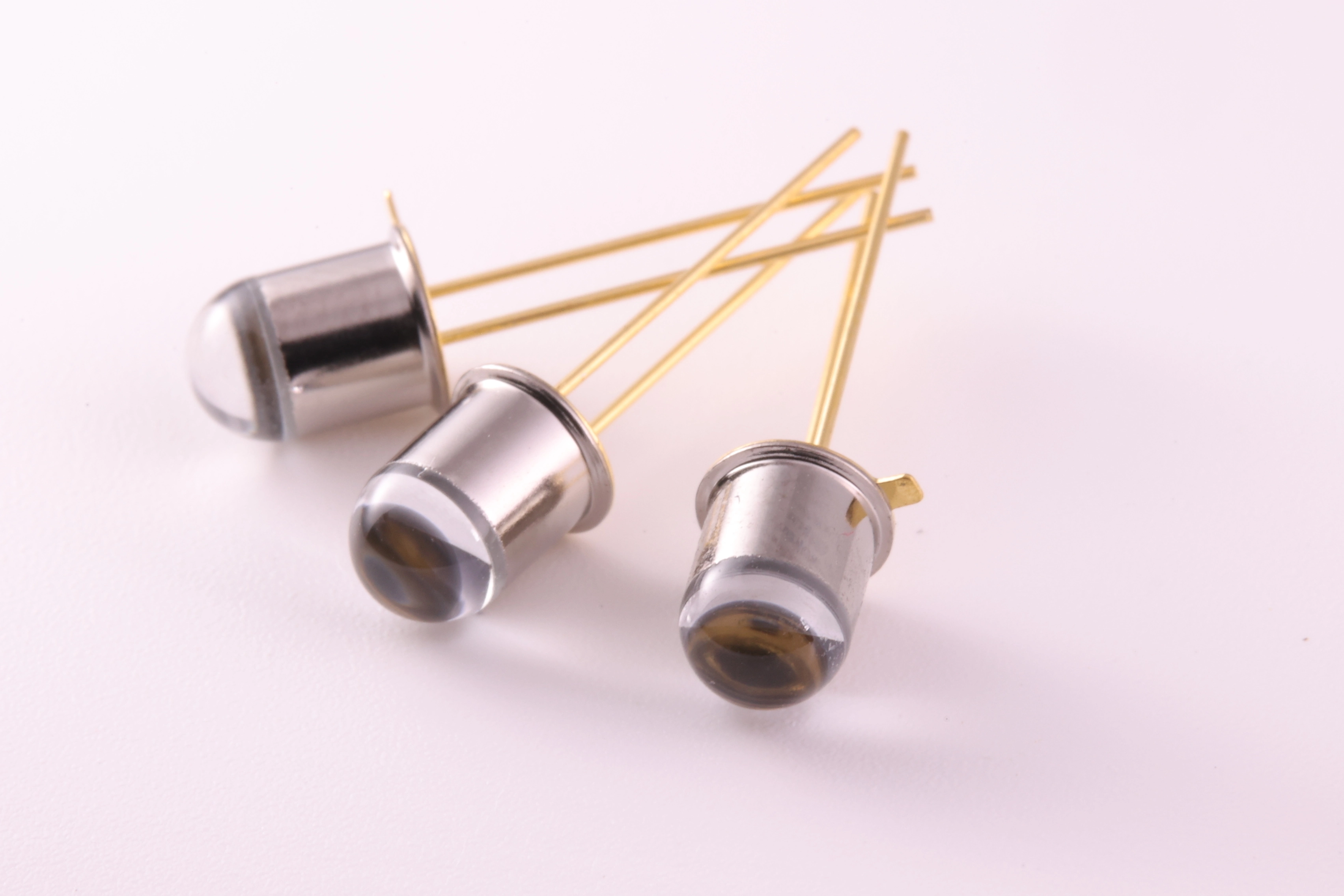he use of ultraviolet (UV) light dates back to the early 20th century, when traditional sources such as mercury vapor lamps and fluorescent lamps were first introduced. These early UV light sources were used in a variety of applications, including medical treatments, water purification, and curing of inks and coatings. However, they had several limitations, including low efficiency, short lifespan, and environmental concerns. The development of UV diodes marked a significant turning point in the evolution of UV light diode offering improved efficiency, longer lifespan, and reduced environmental impact.
The Emergence of UV Diodes
The first UV diodes were introduced in the 1990s, using semiconductor materials such as gallium nitride (GaN) and silicon carbide (SiC). These early UV diodes were used in applications such as optical storage, spectroscopy, and medical treatments. However, they had limited power output and efficiency, and were relatively expensive. Despite these limitations, UV diodes showed great promise, and researchers continued to develop new materials and technologies to improve their performance.

Advances in UV Diode Technology
In the 2000s, significant advances were made in UV diode technology, including the development of new semiconductor materials and device architectures. These advances led to improved efficiency, increased power output, and reduced costs. UV diodes began to be used in a wider range of applications, including water purification, air disinfection, and curing of inks and coatings. The development of UV LEDs, which use a light-emitting diode (LED) structure to produce UV light, marked a major milestone in the evolution of UV diodes.
The Rise of UV LEDs
UV LEDs have become increasingly popular in recent years, due to their high efficiency, long lifespan, and compact design. They are used in a wide range of applications, including water purification, air disinfection, and medical treatments. UV LEDs offer several advantages over traditional UV light sources, including reduced power consumption, increased safety, and reduced environmental impact. They are also highly versatile, and can be used in a variety of configurations, including spot curing, flood curing, and conveyor belt systems.
Modern Innovations in UV Diodes
In recent years, researchers have made significant advances in UV diode technology, including the development of new materials and device architectures. One of the most promising areas of research is the development of UV-C LEDs, which emit light in the UV-C spectrum (200-280 nm). UV-C LEDs have been shown to be highly effective in disinfecting water, air, and surfaces, and are being used in a variety of applications, including water purification, air disinfection, and medical treatments. Another area of research is the development of high-power UV diodes, which are being used in applications such as curing of inks and coatings, and medical treatments.

Applications of Modern UV Diodes
Modern UV diodes are being used in a wide range of applications, including water purification, air disinfection, medical treatments, and curing of inks and coatings. They are also being used in emerging applications such as 3D printing, where they are used to cure photopolymers and create complex structures. UV diodes are also being used in the development of new materials and technologies, such as nanomaterials and metamaterials. These materials have unique properties that make them ideal for a wide range of applications, including energy storage, biomedical devices, and aerospace.
Future Directions for UV Diodes
The future of UV diodes looks bright, with researchers continuing to develop new materials and technologies to improve their performance. One of the most promising areas of research is the development of quantum dot UV LEDs, which use tiny particles called quantum dots to produce UV light. Quantum dot UV LEDs have been shown to be highly efficient and stable, and are being used in a variety of applications, including biomedical imaging and spectroscopy. Another area of research is the development of flexible UV diodes, which can be used in a variety of applications, including wearable devices and biomedical implants.
Conclusion
In conclusion, the evolution of UV diodes has been marked by significant advances in technology and applications. From traditional sources to modern innovations, UV diodes have come a long way, offering improved efficiency, longer lifespan, and reduced environmental impact. As researchers continue to develop new materials and technologies, we can expect to see even more exciting applications of UV diodes in the future. Whether it’s water purification, air disinfection, or medical treatments, UV diodes are sure to play a major role in shaping the world of tomorrow.